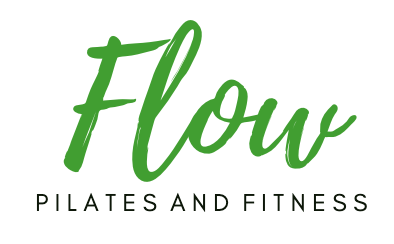Finding Harmony: Embarking on Your Pilates Journey
5 Minute read
Embarking on a new journey can be both exciting and daunting. What’s more is with the rise of ‘Pilates based’ studios popping up all over the place, how do you know you are in the right place? Read on as I enlighten you with a few tips on how to find the studio that suits your goals. Whether you're starting your musical career as a pianist or stepping into the world of Pilates, the parallels between these two seemingly different endeavours are surprisingly striking. In this blog, we will explore the similarities between a pianist starting with the basics and an individual beginning their Pilates practice, uncovering the common threads that weave through these two disciplines.
“Pilates develops the body, uniformly corrects wrong postures, restores physical vitality, envigorates the mind and elevates the spirit”
Building a Solid Foundation:
Wouldn’t it be amazing in this age of technology if we could only upload a ‘how to Pilates guide’ to our minds and voila, we are all capable of the advanced exercises with ease and grace! Fortunately for us humans, nothing worth doing comes without effort, and commitment. Both pianists and Pilates beginners alike recognise the importance of establishing a strong foundation. For a pianist, this begins with learning the basics of music theory, hand placement, and finger coordination. Similarly, a Pilates beginner focuses on understanding the fundamental principles of posture, breathing, concentration, control, precision, centreing, flow, and coordination. By laying this groundwork, both the pianist and Pilates practitioner create a solid base upon which they can progress and develop their skills.
Cultivating Body Awareness:
In the early stages, both pianists and Pilates beginners must cultivate a heightened sense of body awareness. Pianists learn to navigate the keyboard, becoming attuned to the movement and positioning of their fingers, hands, and arms. Likewise, Pilates beginners must tune into their bodies, learning to identify areas that require control and others that require release in order to integrate the movements with total body and mind awareness, which will maintain proper alignment and posture. This increased body awareness enhances precision and control in both disciplines, leading to more refined performances on the piano and improved execution of Pilates exercises.
Patience and Persistence: It’s a practise not a performance!
Becoming a skilled pianist or proficient in Pilates requires patience and persistence. Learning to play the piano involves countless hours of practise, repetition, and refining techniques. Similarly, Pilates practitioners must commit to regular sessions, gradually progressing through the exercises while focusing on alignment and form. Both pursuits demand dedication, an understanding that progress takes time, and a willingness to persist through challenges and setbacks. You can’t expect to sit down at a piano and play Mozart, so how to you plan to jump on a Reformer and expect to have the strength, mobility, coordination and control required to do one of the most well publicised exercises, ‘The Teaser’ (pictured below) whether on the Mat, Reformer, Trapeze (Caddy), Wunda Chair, or Spine Corrector? …Yes, there is more to Pilates than ‘working out’ on a Reformer, but that’s for another time.
“It is the mind which builds the body”
4. Mind-Body Connection:
A strong mind-body connection is essential for both pianists and Pilates enthusiasts. Pianists must interpret musical scores, translating notes into meaningful expressions through their fingers. Pilates beginners engage in exercises that require conscious coordination between breath, movement, and muscle activation. In both cases, the individual learns to synchronise mental focus and physical execution, ultimately achieving a harmonious integration of mind and body.
5. Progression and Artistry: Persistence pays off..
As pianists advance, they explore more complex compositions, infusing their personal artistry into their performances. Similarly, Pilates practitioners progress through increasingly challenging exercises, or whether practising the Mat or Reformer list of ordered exercises, delving deeper to refine skills to enable proficiency, or adding variations and adaptations to their routine. Both disciplines provide avenues for self-expression and creativity, encouraging the development of a unique style and interpretation.
To Conclude:
While the world of music and the realm of physical fitness may seem worlds apart, the journey of a pianist starting with the basics and an individual beginning Pilates share striking similarities. From establishing a solid foundation to cultivating body awareness, practicing patience, nurturing the mind-body connection, and embracing progression and artistry, these two disciplines are intertwined by common threads. So, whether you find yourself at the piano keys or on the Pilates mat, remember that both paths offer opportunities for growth, self-discovery, and the joy of mastering a skill.
“Everyone wants to live on top of the mountain, but all the happiness and growth occurs while you are climbing it.”


